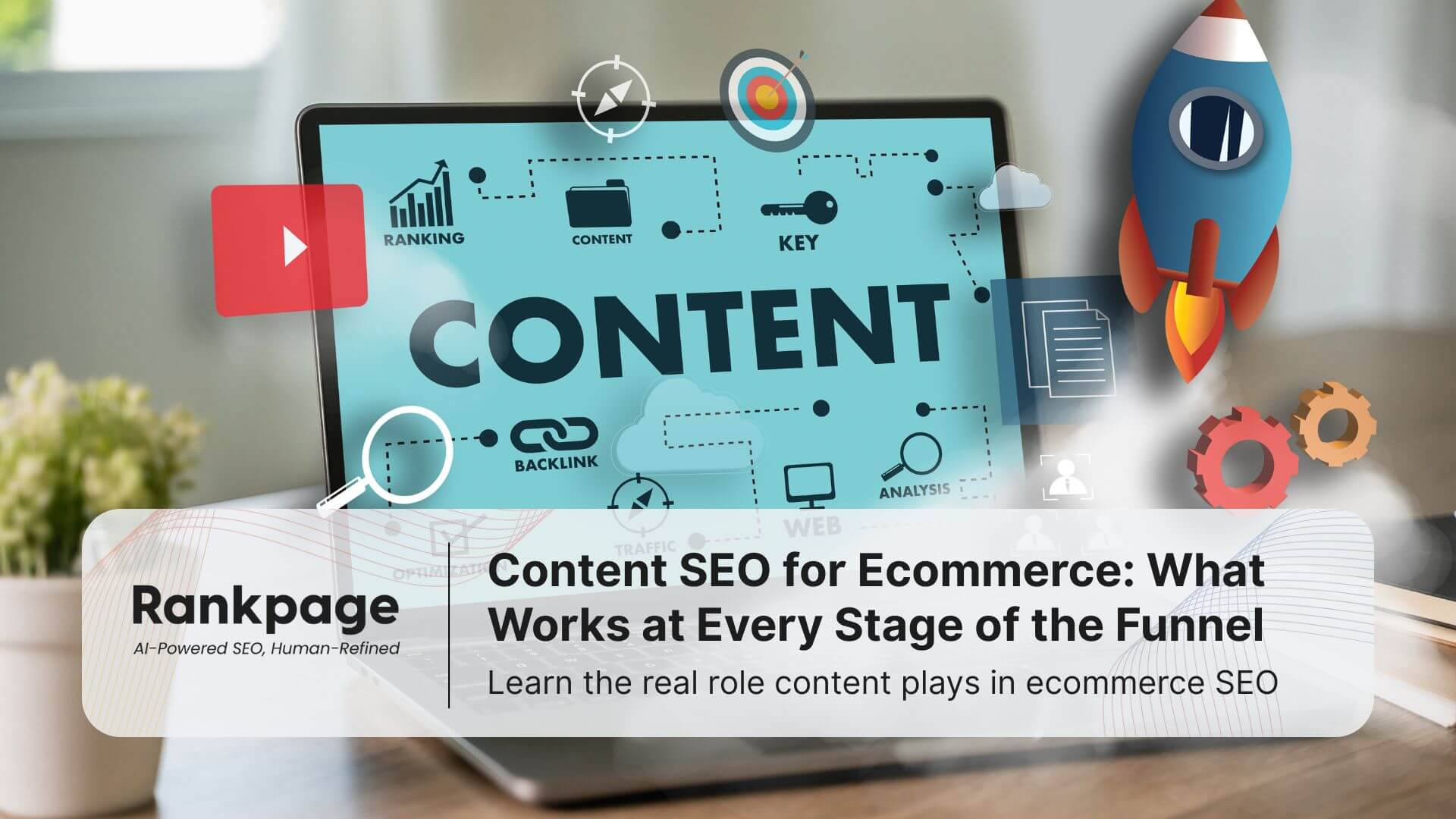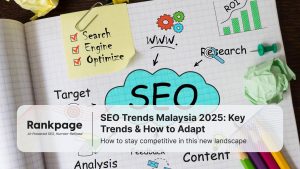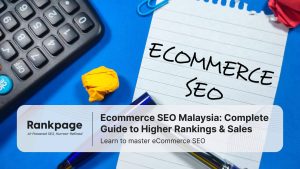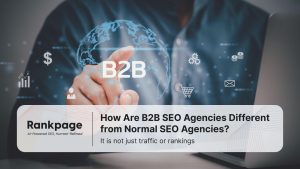Key Takeaways
- Content builds topical authority that signals to Google which products/categories you should rank for.
- Beyond product pages: blogs, guides, FAQs help capture earlier funnel traffic and bring users into your store.
- Internal linking & content hubs distribute link equity and guide both users and crawlers.
- Content influences conversions: descriptions, comparison tables, and educational pieces reduce friction.
- Future focus: optimize for AI search (AEO/GEO/semantic alignment), not just keywords.
In e‑commerce, your product catalogue is just one piece of the SEO puzzle. The content around it like blogs, guides, FAQs, all serves as the bridge between what users are searching for and which product you offer.
In this post you’ll learn how content powers ecommerce SEO (beyond just stuffing keywords), what types of content perform well, and practical tactics to integrate content into your store.
Table of Contents
What Counts as “Content” in Ecommerce?
In ecommerce SEO, content isn’t just blog posts. It includes all value-adding text and media that supports your product pages:
- Blog posts, guides, tutorials
- FAQs, glossaries, terminology pages
- Buying guides, comparison articles
- Enhanced product descriptions, use‑case stories
- “How to care for”, “best practices”, style guides
- User‑generated content: reviews, Q&A, usage photos
In short: content is something that fills the gaps that product pages alone can’t.
Content Across the Funnel (TOFU, MOFU, BOFU)
Content is essential for capturing search intent, building trust with your audience, and guiding them toward a purchase.
In ecommerce, the customer journey is often broken into three stages:
Top of Funnel (TOFU): Awareness Stage
Attract new visitors with helpful, broad-interest blog posts. These posts target early-stage shoppers and drive awareness of your products or category.
Example: “Best Anniversary Gifts Under RM100 in Malaysia (2025 Edition)”
Middle of Funnel (MOFU): Consideration Stage
Use content like comparison guides or solution-based articles. This content helps potential buyers evaluate options and positions your brand as an expert.
Example: “Shopee vs Lazada: Which Has Faster Shipping to Klang Valley?”
Bottom of Funnel (BOFU): Decision Stage
Create content that clears doubts and encourages action. This type of content pushes shoppers toward a confident purchase, such as:
- Product FAQs
- Detailed buying guides
- User reviews or testimonials
Quick Reference: Content Types That Work
Buying guides / “how to choose”: Capture high-intent users early
Tutorials / usage + care: Support retention post-purchase
Comparison articles: Handle decision paralysis with pros/cons
FAQs / Knowledge base: Answer micro-questions with schema markup
Blog posts (trends, ideas, tips): Reach broad top-funnel audiences
User content (reviews/Q&A): Build trust & freshness signals
How Content Strengthens Your SEO Strategy
Beyond funnel targeting, content plays a bigger strategic role:
1. Capture Demand Earlier
Many shoppers won’t search product names. Content helps you appear for discovery queries like “how to choose a gaming chair.”
2. Build Topical Authority & Semantic Relevance
Publishing clusters of content around a topic (skincare for oily skin) signals expertise to search engines and supports product ranking.
3. Support Internal Linking & Content Hubs
Use content to distribute SEO value to product/category pages. Guides that rank can pass link equity to transactional pages.
4. Influence Conversions
Educational and comparison content builds clarity and reduces purchase hesitation, especially for higher-consideration items.
5. Adapt for AI & Semantic Search (AEO / GEO)
As AI-powered results like SGE emerge, content must be clear, structured, and informative enough to be cited or summarised by generative systems.
Well-planned content does more than fill a blog, it drives traffic, nurtures trust, and supports conversions.
How to Plan & Execute Ecommerce Content
1. Persona & keyword mapping
Identify your buyer personas, their needs, obstacles, and vocabulary. Map content ideas to keywords and user intents (informational to transactional).
2. Content cluster / pillar + supporting articles
Pick a few “pillar topics” (“choosing running shoes”) and build supporting content around them, linking back to category/product pages.
3. Optimize content structure & on-page SEO
- Use descriptive headings (H2, H3)
- Add keywords naturally in titles, intros, and meta descriptions.
- Place internal links to relevant products or categories
- Use schema markup (FAQ, HowTo) to help AI/Google parse your content
- Optimize for voice/mobile search queries like “Where can I buy cheapest phone cover near me?” or “Best humidifier for condo?”
4. Monitor performance & iterate
Track metrics like organic traffic to content pages, internal click throughs to products, bounce rates, conversions assisted by content. Use that feedback to refine topics and formats.
5. Scale smartly: reuse, update, refresh
- Update older content (especially in fast-moving niches)
- Repackage long content into infographics, slide decks, social posts
- Expand articles with new insights rather than always creating from scratch
Common Risks & How to Avoid Them
- Thin “fluff” content just for SEO: Avoid publishing weak or generic posts that add no value. Google is cracking down on “parasite SEO” or content with irrelevant add-ons.
- Ignoring user intent: Don’t just write content for keywords; focus on solving user questions or challenges.
- Messy internal linking: Random or excessive links confuse both users and search engines. Be strategic.
- Outdated content: Especially in niches with evolving specs, tech, or trends.
- Neglecting AI / semantic alignment: As search evolves, content must not just match keywords but provide clear, structured answers.
The Future Lens: Content + AI / Generative Search
As generative engines (ChatGPT, Google SGE) become part of users’ discovery workflows, content must be optimized not just to rank, but to be cited in AI responses. That means:
- Clear, crisp answers in your content
- Structured data / schema for clarity
- Content with information gain, what unique insights or angles you provide beyond generic guides
- Regular updates content to stay current
- Authoritative signals like citations and sources
Emerging research (on content‑centric agent frameworks) suggests that content influence itself needs new evaluation, beyond traditional SEO metrics.
Read more: SEO in the Age of ChatGPT: Do Websites Still Matter?
Conclusion: Reinforcing Content’s Central Role
Your product pages are the storefront, but content is the signage, map, and sales assistant that guides shoppers. By treating content as a strategic asset aligned with buyer needs, integrated with your store, and optimized for both SEO and AI systems you set your ecommerce business up to win in 2025 and beyond.
Ready to optimise your ecommerce store? Explore our SEO Services.
Frequently Asked Questions about Content SEO for Ecommerce
Can I rely only on product pages, without content?
Not sustainably. Product pages target specific keywords, but content captures broader intent, builds authority, and supports long‑tail traffic.
How often should I update content?
At least annually, or more often in fast‑changing sectors. Use analytics to find pages that are losing traffic or context.
Should I outsource content writing or use AI tools?
AI tools can help with drafts, ideas, or topic expansion. But human editing, domain insight, and authenticity are necessary to avoid generic content.
Does content directly boost rankings?
Indirectly, content helps you rank by bringing traffic, earning backlinks, creating internal link paths, and building topical authority.
What’s a good ratio of content pages to product pages?
There’s no fixed ratio. Do enough content to support your key pillars, but don’t overcommit if quality suffers. Quality > quantity.
How do I measure content’s impact on SEO?
Monitor metrics such as content page organic traffic, clickthroughs to product/category pages, assisted conversions, bounce/time on page, and backlink acquisition.





